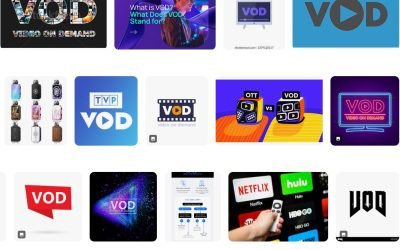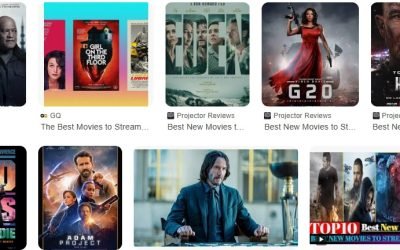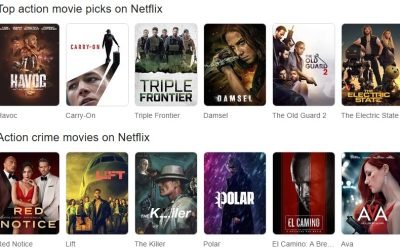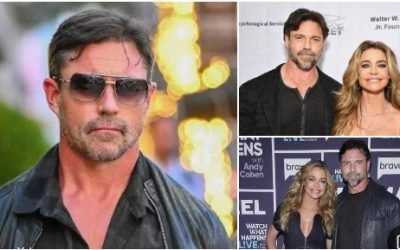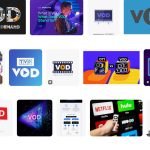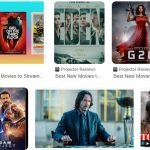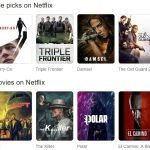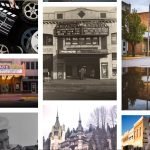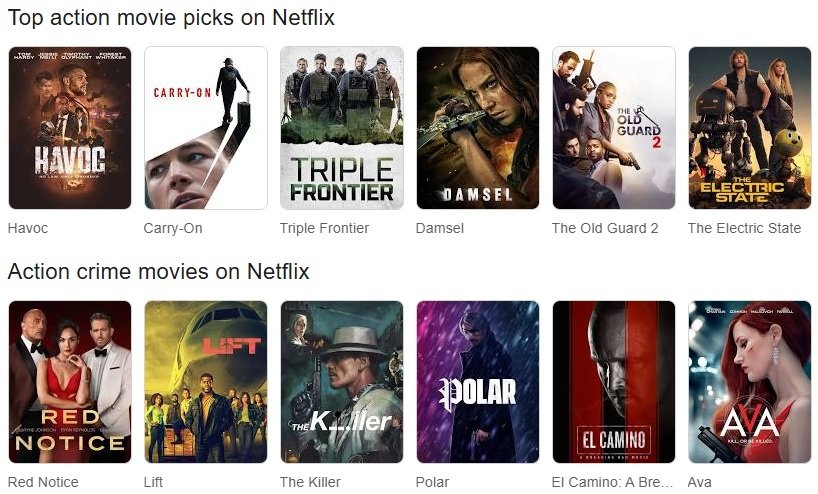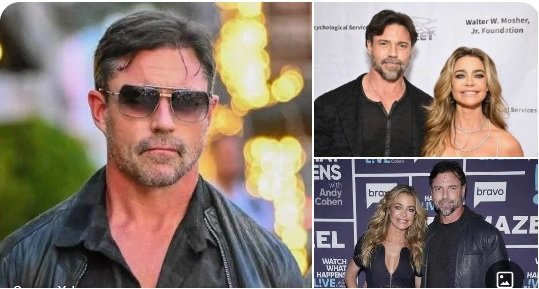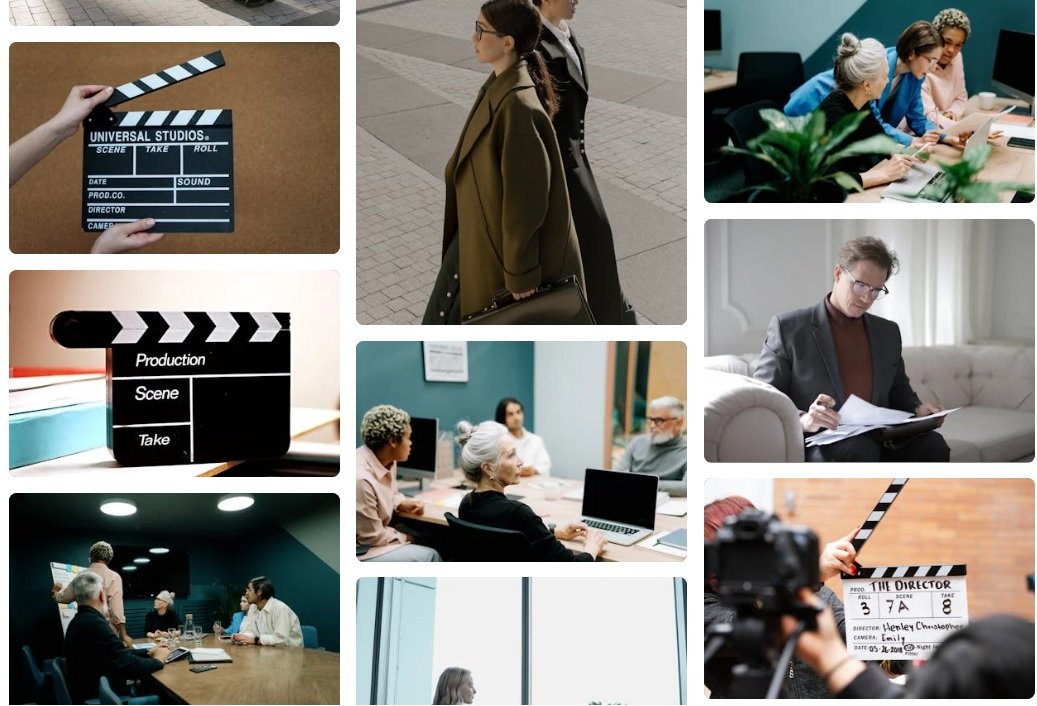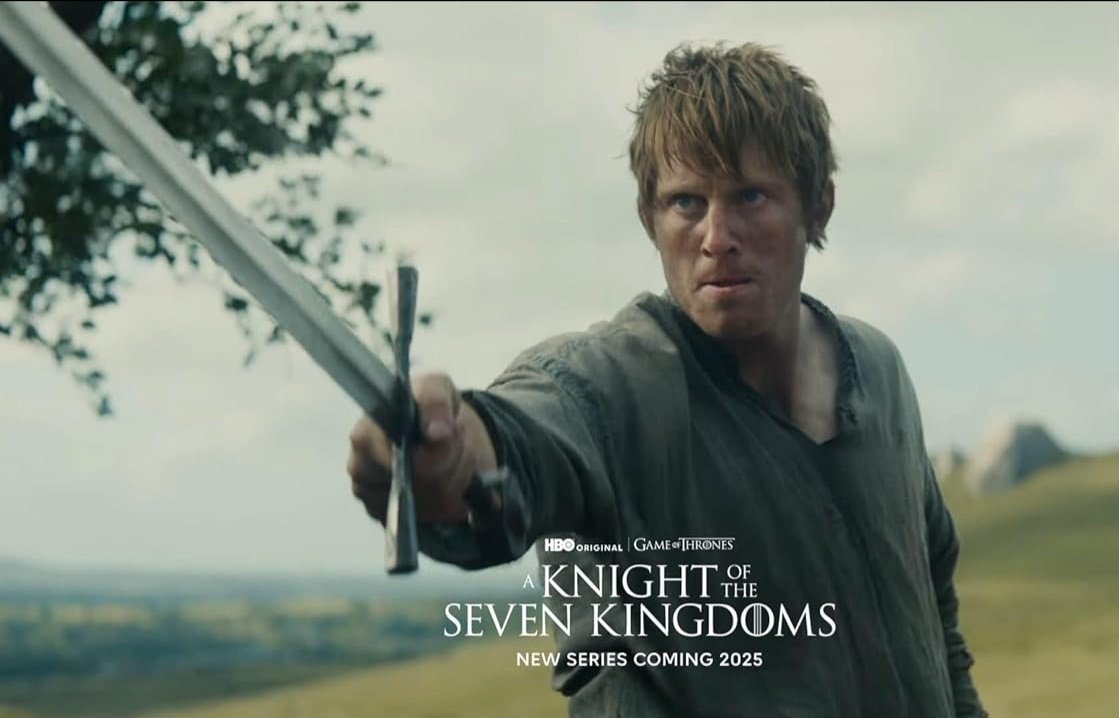Concerts and festivals are vibrant gatherings that celebrate various aspects of culture, music, art, and food. Coverage of these events plays a crucial role in capturing the essence and excitement for those who couldn’t attend in person.
Types of Concerts and Festivals
Music Festivals
Music festivals attract thousands of attendees with diverse lineups, ranging from rock and pop to electronic and jazz.
Cultural Festivals
Cultural festivals showcase the traditions, rituals, and customs of different communities, fostering cross-cultural understanding.
Art Festivals
Art festivals exhibit visual arts, sculptures, paintings, and installations, providing a platform for artists to showcase their talent.
Food Festivals

Food festivals celebrate culinary diversity, offering a plethora of cuisines and delicacies from around the world.
The Role of Media in Coverage
Media plays a pivotal role in concert and festival coverage, disseminating information, capturing moments, and engaging audiences.
Traditional Media
Newspapers, magazines, and television networks provide comprehensive coverage, highlighting performances, interviews, and behind-the-scenes glimpses.
Digital Media
Online platforms, websites, and blogs offer real-time updates, photo galleries, and video streams, reaching a wider audience beyond geographical boundaries.
Social Media Influencers
Social media influencers leverage their platforms to share experiences, create buzz, and engage with followers, adding a personal touch to coverage.
Preparing for Coverage
Preparation is key to successful coverage, involving thorough research, strategic planning, and securing necessary permissions.
Researching the Event
Understanding the event’s theme, schedule, and participating artists helps in crafting relevant and compelling content.
Planning Coverage Strategy
Developing a content strategy, identifying key moments, and allocating resources ensure comprehensive coverage across various mediums.
Securing Access and Permissions
Obtaining media passes, arranging interviews, and adhering to event guidelines facilitate smooth coverage without disruptions.
During the Event
Capturing the essence of the event requires active participation, quick reflexes, and effective communication.
Capturing Moments
Photographing performances, crowd reactions, and scenic views encapsulates the atmosphere and energy of the event.
Conducting Interviews
Engaging with artists, organizers, and attendees provides insights, anecdotes, and personal experiences, enriching the coverage.
Engaging with the Audience
Interacting with the audience, responding to comments, and incorporating user-generated content fosters community engagement and participation.
Post-Event Coverage of Concerts and festivals
The aftermath of the event involves processing, packaging, and disseminating content for wider consumption.
Editing and Curating Content
Selecting the best shots, crafting compelling narratives, and editing videos enhance the quality and appeal of the coverage.
Publishing and Distribution
Sharing content across multiple platforms, scheduling posts, and leveraging SEO techniques maximize reach and visibility.
Analyzing Audience Engagement
Monitoring analytics, tracking metrics, and gathering feedback enable the refinement and optimization of future coverage strategies.
Challenges in Concert and Festival Coverage
Despite meticulous planning, coverage faces various challenges that require adaptability and resilience.
Technical Difficulties
Equipment malfunctions, network issues, and power outages can disrupt live streams and hinder coverage efforts.
Weather Conditions
Unpredictable weather, such as rain or extreme heat, poses risks to equipment and affects the turnout of outdoor events.
Crowd Management
Navigating through large crowds, maintaining safety protocols, and respecting personal space demand patience and tact.
Tips for Successful Coverage of Concerts and festivals
Effective coverage entails a combination of preparation, creativity, and audience engagement strategies.
Be Prepared
Anticipate contingencies, carry backup equipment, and familiarize yourself with the event layout to minimize disruptions.
Capture Diverse Content
Explore different angles, perspectives, and moments to offer a comprehensive and immersive experience to the audience.
Engage with the Audience
Encourage participation, respond to comments, and foster a sense of community to create a memorable and interactive experience.
Case Studies about Concerts and festivals
Examining successful coverage examples and learning from past experiences offer valuable insights and lessons.
Successful Coverage Examples
Highlighting instances of exemplary coverage, innovative storytelling, and impactful engagement strategies inspires and informs future endeavors.
Lessons Learned from Failures
Analyzing shortcomings, technical glitches, and missed opportunities helps in identifying areas for improvement and avoiding pitfalls.
Future Trends in Concert and Festival Coverage
The evolution of technology and changing audience preferences pave the way for exciting innovations in coverage methods.
Virtual Reality Experiences
Immersive VR experiences offer viewers a lifelike simulation of concerts and festivals, enhancing accessibility and engagement.
Augmented Reality Integration
AR overlays add interactive elements, real-time information, and personalized experiences to traditional coverage formats.
Interactive Livestreams of Concerts and festivals
Interactive livestreams with chat functionalities, polls, and interactive elements provide an engaging and participatory viewing experience.
Conclusion Concerts and festivals
Concert and festival coverage serves as a window to the world of entertainment, culture, and community, enriching the experiences of both attendees and virtual spectators. By embracing technological advancements, fostering audience engagement, and staying true to the essence of the event, media professionals can ensure memorable and impactful coverage.
FAQs
How can I secure media access to a concert or festival?
Contact the event organizers in advance and inquire about media accreditation procedures and requirements.
What equipment do I need for concert and festival coverage?
Essential gear includes a high-quality camera, lenses, audio recording equipment, tripod, and portable lighting.
How can I stand out in a crowded media landscape during Concerts and festivals?
Offer unique perspectives, focus on storytelling, and prioritize quality over quantity in your coverage.
What are some effective ways to engage with the audience during coverage?
Encourage participation through polls, Q&A sessions, and live chats, and respond promptly to comments and queries.
How can I monetize my concert and festival coverage efforts?
Explore sponsorship opportunities, affiliate marketing, and collaborations with brands aligned with your audience and content niche.
